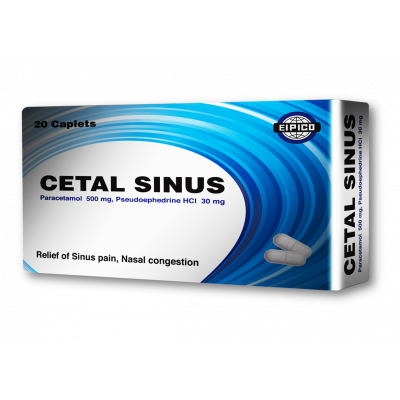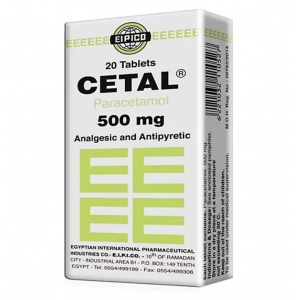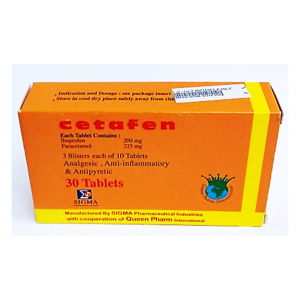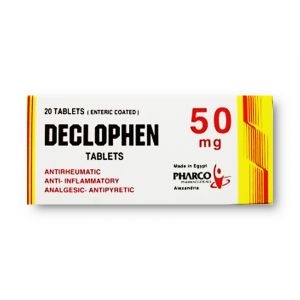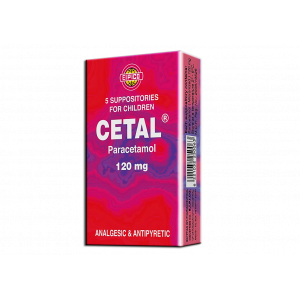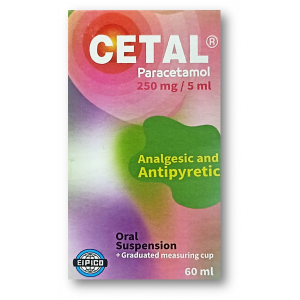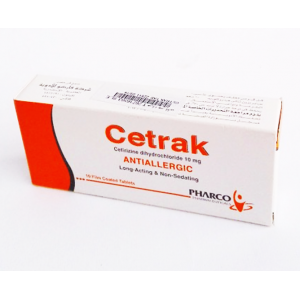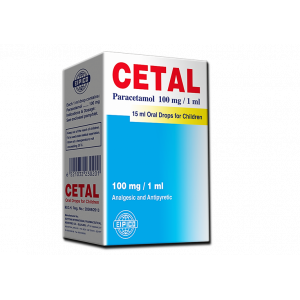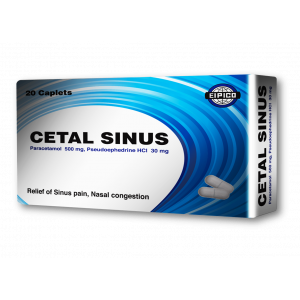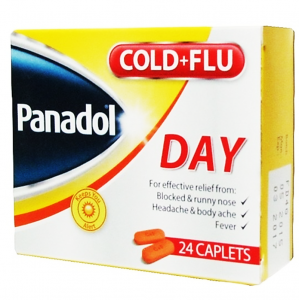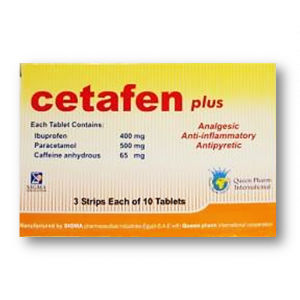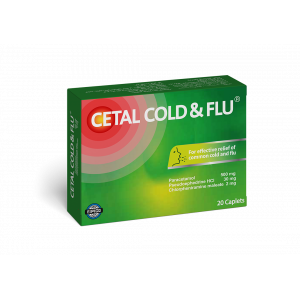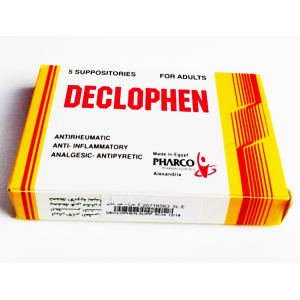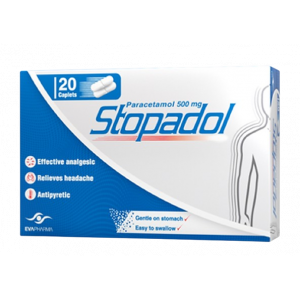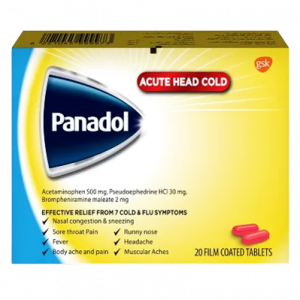- Anti-hestaminic & Respiratory Drugs (20)
- Anti-inflammatory Drugs (192) +-
- Baby & Mom (1314) +-
- Baby & Mom > Bath, skin & Hair > Skin Care > wibes (52)
- Beauty (2887) +-
- Beauty > Skin Care > whitening (276)
- Chemotherapy & Immune Response (882) +-
- Chemotherapy & Immune Response > ANTI-FUNGAL (11)
- Chemotherapy & Immune Response > Chemotherapeutic Agents > Hormone Antagonists >Enzyme Inhibitors (289)
- CIRCULATORY DISTURBANCE AGENTS (24)
- Diet & Fitness Products (280) +-
- DRUG AFFECTING CENTRAL NERVOUS SYSTEM (191)
- HEMATOLOGY (39)
-
Medical Supplies (504)
+-
- Chemicals & Disinfectants (19)
- Dental Supplies (32)
- Devices & Instruments (10)
- Diabetic Supplies (121)
- General Medical Supplies (21)
- I.V & Medical Solution (0)
- Intensive Care Unit & Anesthesia Supplies (0)
- KIDNEY UNIT SUPPLIES (21)
- Lab Supplies (3)
- Miscellaneous (21)
- Neonatal Unit Supplies (0)
- Operation Room Supplies (2)
- Sanitary (5)
- Sterilization Supplies (0)
- Surgical Sutures (4)
- Syringes (3)
-
Medicines & Health (2602)
+-
- Allergy & Sinus (95)
- Children's Health Care (54)
- Cough, Cold & Flu (277)
- Digestive Health & Nausea (225)
- Ear, Nose & Throat Care (179)
- Eye Care (117)
- Feminine Care (321)
- Foot Care (4)
- Orthopaedic Appliances (0)
- Pain Relief & Management (237)
- Pill Organizer (2)
- Skin Treatments (785)
- Sleep & Snoring Aids (2)
- Support & Braces (7)
- Medicines & health > Gout releif (42)
- Natural & Organic Products (81) +-
- OTC > Analgesics > Anti-inflammatory Drugs (44)
-
Personal Care (3173)
+-
- Bath & Body (261)
- Deodorant & Anti-perspirants (182)
- Ear, Nose & Throat Care (175)
- Eye Care (123)
- Feminine Care (370)
- Foot Care (12)
- Hair Care (452)
- Home Tests & Monitorings (14)
- Incontinence (7)
- Lip Care (22)
- Massage & Relaxation (17)
- Natural & Organic Personal Care (7)
- Oral Care (89)
- Pregnancy & Fertility (64)
- Shaving & Grooming (65)
- Sun Care (78)
-
Prescription Drugs (2870)
+-
- Analgesics (181)
- Cardiovascular System (374)
- Drugs Affecting Musculoskeletal System (65)
- Drugs Used In Infections (56)
- Ear & Nose Drugs (2)
- Endocrine System (176)
- Gastrointestinal Tract (242)
- Gastrointestinal Tract > Hepatology > Liver treatment (61)
- GYNECOLOGY (2)
- Miscellaneous (11)
- NEPHROLOGY > URINARY SYSTEM > RENAL DISORDERS > URINARY TRACT DISORDERS (46)
- NEUROLOGY (222)
- Nutrients & Blood Electrolytes (2)
- Respiratory System (154)
- SKIN > NAILS > HAIR > TOPICAL PREPARATIONS (68)
- Vaccines (1)
- Prescription drugs > Cardiovascular system > Anti-hypertension drugs (242)
- Sexual Wellness (301) +-
- Vitamins & Minerals Supplements (1197) +-
Ex Tax: 21EGP
Example
You can return the product within 14 days of purchase.
ReturnsYou can return the product within 14 days of purchase.

CETAL SINUS ( PARACETAMOL 500 MG + PSEUDOEPHEDRINE 30 MG ) 20 CAPLETS
Composition
Each caplet contains:
Paracetamol ................................................................... 500 mg
Pseudoephedrine HCl ..................................................... 30 mg
Inactive ingredients:
Microcrystalline cellulose, silicon dioxide, colloidal, sodium starch glycolate, magnesium stearate.
Therapeutic Indications
CETAL SINUS Caplets are indicated for the symptomatic relief of conditions where congestion of the mucous membranes of the upper respiratory tract, especially nasal mucosa and sinuses, is accompanied by mild to moderate pain or pyrexia, e.g: the common cold and influenza, sinusitis, nasopharyngitis, allergic rhinitis and vasomotor rhinitis.
Dosage and Administration
Adults and Children aged 12 years and over:
Two caplets every 4-6 hours, up to four times a day. Maximum daily dose: 8 caplets (i.e. 240 mg pseudoephedrine hydrochloride, 4 g paracetamol).
Children under 12 years:
CETAL SINUS Caplets is contraindicated in children under the age of 12 years.
Elderly:
There have been no specific studies of pseudoephedrine hydrochloride/paracetamol combination in the elderly. Experience has indicated that normal adult dosage is appropriate.
In the elderly the rate and extent of paracetamol absorption is normal but plasma half-life is longer and paracetamol clearance is lower than in young adults.
Hepatic dysfunction:
Caution should be exercised when administering CETAL SINUS to patients with severe hepatic impairment.
Renal dysfunction:
Caution should be exercised when administering CETAL SINUS to patients with moderate to severe renal impairment.
The stated dose should not be exceeded.
Keep out of the reach and sight of children.
Contraindications
CETAL SINUS is contraindicated in:
Individuals with known hypersensitivity to the product or any of its components.
Patients with severe hypertension or coronary artery disease.
Patients who are taking or have taken monoamine oxidase inhibitors within the preceding two weeks. The concomitant use of pseudoephedrine and this type of products may occasionally cause a rise in blood pressure.
CETAL SINUS should not to be used in children under the age of 12 years.
Warnings and Precautions
Although pseudoephedrine has virtually no pressor effects in normotensive patients, CETAL SINUS should be used with caution in patients suffering from mild to moderate hypertension.
As with other sympathomimetic agents CETAL SINUS should be used with caution in patients with hypertension, heart disease, diabetes, hyperthyroidism, elevated intraocular pressure and prostatic enlargement.
Care is advised in the administration of paracetamol to patients with severe renal or severe hepatic impairment. The hazards of overdose are greater in those with alcoholic liver disease.
As with all medicines, if you are pregnant or currently taking any other medicine, consult your doctor or pharmacist before taking this product.
Drug Interactions
Concomitant use of CETAL SINUS with tricyclic antidepressants, sympathomimetic agents (such as decongestants, appetite suppressants and amfetamine-like psychostimulants) or with monoamine oxidase inhibitors, which interfere with the catabolism of sympathomimetic amines, may occasionally cause a rise in blood pressure (see Contraindications).
Because of the pseudoephedrine content, CETAL SINUS Caplets may partially reverse the hypotensive action of drugs which interfere with sympathetic activity including bretylium, betanidine, guanethedine, debrisoquine, methyldopa, alpha- and beta-adrenergic blocking agents (see Warnings and Precautions).
Patients who have taken barbiturates, tricyclic antidepressants and alcohol may show diminished ability to metabolise large doses of paracetamol, the plasma half-life of which can be prolonged. Alcohol can increase the hepatotoxicity of paracetamol overdose and may have contributed to the acute pancreatitis reported in one patient who had taken an overdose of paracetamol.
Chronic ingestion of anticonvulsants or oral steroid contraceptives induce liver enzymes and may prevent attainment of therapeutic paracetamol levels by increasing first pass metabolism or clearance.
The speed of absorption of paracetamol may be increased by metoclopramide or domperidone and absorption reduced by colestyramine.
The anticoagulant effect of warfarin and other coumarins may be enhanced by prolonged regular use of paracetamol with increased risk of bleeding; occasional doses have no significant effect.
Pregnancy and Lactation
Pseudoephedrine:
Although pseudoephedrine has been in widespread use for many years without apparent ill consequence, there are no specific data on its use during pregnancy.
Caution should therefore be exercised by balancing the potential benefit of treatment to the mother against any possible hazards to the developing fetus.
Systemic administration of pseudoephedrine, up to 50 times the human daily dosage in rats and up to 35 times the human daily dosage in rabbits, did not produce teratogenic effects.
Pseudoephedrine is excreted in breast milk in small amounts but the effect of this on breastfed infants is not known. It has been estimated that 0.5 to 0.7% of a single dose of pseudoephedrine ingested by a mother will be excreted in the breast milk over 24 hours.
No studies have been conducted in animals to determine whether pseudoephedrine has the potential to impair fertility.
There is no information of the effect of pseudoephedrine hydrochloride/paracetamol combination components on fertility.
Paracetamol:
Epidemiological studies in human pregnancy have shown no ill effects due to paracetamol used in the recommended dosage, but patients should follow the advice of their doctor regarding its use.
Paracetamol is excreted in breast milk but not in a clinically significant amount. Available published data do not contraindicate breastfeeding.
Effects on ability to drive and to use machines
None known.
Undesirable Effects
Pseudoephedrine:
Serious side effects associated with the use of pseudoephedrine are rare.
Symptoms of central nervous system excitation may occur, including sleep disturbance and, rarely, hallucinations.
Skin rashes, with or without irritation, have occasionally been reported with pseudoephedrine.
Urinary retention has been reported occasionally in men receiving pseudoephedrine: prostatic enlargement could have been an important predisposing factor.
Paracetamol:
Paracetamol has been widely used and, when taken at the usual recommended dosage, side effects are mild and infrequent and reports of adverse reactions are rare.
Skin rash and other allergic reactions occur rarely.
Most reports of adverse reactions to paracetamol relate to overdose with the drug.
There have been reports of blood dyscrasias including thrombocytopenia and agranulocytosis, but these were not necessarily causality related to paracetamol.
Chronic hepatic necrosis has been reported in a patient who took daily therapeutic dosages of paracetamol for about a year and liver damage has been reported after daily ingestion of excessive amounts for shorter periods.
A review of a group of patients with chronic active hepatitis failed to reveal differences in the abnormalities of liver function in those who were long-term users of paracetamol nor was the control of their disease improved after paracetamol withdrawal.
Nephrotoxic effects following therapeutic dosages of paracetamol are uncommon. Papillary necrosis has been reported after prolonged administration.
Overdose
Pseudoephedrine:
As with other sympathomimetic agents, symptoms and signs of pseudoephedrine overdose include irritability, restlessness, tremor, convulsions, palpitations, hypertension and difficulty with micturition.
Measures should be taken to maintain and support respiration and control convulsions. Gastric lavage should be performed if indicated. Catheterisation of the bladder may be necessary. If desired, the elimination of pseudoephedrine can be accelerated by acid diuresis or by dialysis.
Paracetamol:
Symptoms of paracetamol overdose in the first 24 hours are pallor, nausea, vomiting, anorexia and abdominal pain. Liver damage may become apparent 12 to 48 hours after ingestion. Abnormalities of glucose metabolism and metabolic acidosismay occur.
In severe poisoning, hepatic failure may progress to encephalopathy, coma and death.
Acute renal failure with acute tubular necrosis may develop even in the absence of severe liver damage.
Cardiac arrhythmias and pancreatitis have been reported.
Liver damage is likely in adults who have taken 10 g or more of paracetamol. It is considered that excess quantities of a toxic metabolite (usually adequately detoxified by glutathione when normal doses of paracetamol are ingested), become irreversibly bound to liver tissue.
Immediate treatment is essential in the management of paracetamol overdose. Despite a lack of significant early symptoms, patients should be referred to hospital urgently for immediate medical attention and any patient who had ingested around 7.5 g or more of paracetamol in the preceding 4 hours should undergo gastric lavage.
Administration of oral methionine or intravenous N-acetylcysteine which may have a beneficial effect up to at least 48 hours after the overdose, may be required.
General supportive measures must be available.
Pharmacological Properties
Pharmacodynamic properties:
Pseudoephedrine:
Pseudoephedrine has direct and indirect sympathomimetic activity and is an effective upper respiratory tract decongestant.
Pseudoephedrine is substantially less potent than ephedrine in producing both tachycardia and elevation of systolic blood pressure and considerably less potent in causing stimulation of the central nervous system.
Paracetamol:
Paracetamol has analgesic and antipyretic actions but only weak anti-inflammatory properties. This may be explained by presence of cellular peroxides at sites of inflammation which prevent inhibition of cyclo-oxygenase by paracetamol. At other sites associated with low levels of cellular perioxides, e.g. pain, fever, paracetamol can successfully inhibit prostaglandin biosynthesis.
Pharmacokinetic properties:
Pseudoephedrine:
Pseudoephedrine is partly metabolised in the liver by N-demethylation to norpseudoephedrine, an active metabolite.
Pseudoephedrine and its metabolite are excreted in the urine: 55% to 75% of a dose is excreted unchanged. The rate of urinary excretion of pseudoephedrine is accelerated when the urine is acidified. Conversely as the urine pH increases, the rate of urinary excretion is slowed.
Paracetamol:
Peak plasma paracetamol concentration usually occurs between 30 and 90 minutes after oral ingestion. Paracetamol is distributed uniformly throughout most body fluids and is only 15% to 25 % bound to plasma proteins. The plasma half-life of paracetamol after therapeutic doses is in the range of 1-3 hours.
Storage
Store in a dry place at a temperature not exceeding 30°C.
Packaging
CETAL SINUS Caplets: Box containing 2 strips of 10 caplets each.
Write a review
Your Name:Your Review: Note: HTML is not translated!
Rating: Bad Good
Enter the code in the box below:

